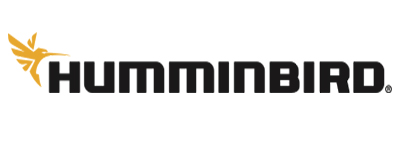Winter is finally over and we’re entering that early phase of the spring run when marine life seems to be especially hungry and eager to eat.
Along the beaches and in the St. Andrews Pass, big schools of redfish, black drum, and pompano are cruising the sandbars and surf and are very easy to spot because of excellent water clarity. These fish have been pretty quick to eat, so artificial lures work best in this situation. For redfish and black drum, it’s hard to beat tried and true jigs and soft plastics but, when targeting pompano, I prefer to use small, heavy, highly compact jigs that imitate a sand flea or small crab. As a matter of practice, I release all of the redfish and black drum after the catch; however, pompano will occasionally take a ride to the house and end up being what’s for dinner. Still, I always make sure to protect the resource.
Spanish mackerel have also begun to show up along the beaches, in the pass and in some of the deeper areas of St. Andrews Bay near the inlet. Spanish mackerel can commonly be seen feeding at the surface and, once the fish are located, you can troll through them with Christmas tree rigs, bubble rigs, spoons and other small, fast moving lures. You can also “run and gun” feeding fish – navigate to within casting range of the action and throw plugs or spoons into the frenzy. Spanish mackerel have razor sharp teeth so I recommend using a heavy fluorocarbon or light wire leader to avoid the dreaded cut offs.
The sheepshead bite is still fairly strong around the jetties and other deep structures. A Carolina rig or drop shot rig with a live shrimp or small crab attached is pretty much the standard way to get these fish into the boat. Remember to be very patient with sheepshead since they like to nibble on the bait before actually eating it. A small #1 size hook works well.
Up in the bay, the speckled trout have made their way out of the bayous and onto the surrounding flats. I typically look for a good mix of sand and grass as well as areas that have varying amounts of current. When the tide is running, shallow points are the spots where the current either speeds up or slows down. Fish often congregate on these points when the tide is running and then spread out once it slows down. Typical forage for them during this time of the year are shrimp, pinfish and glass minnows.
As always, if you have questions about what’s biting, how to catch them or want to book a trip, give me a call or shoot me an email.
Good luck!
Featured Sponsors:



